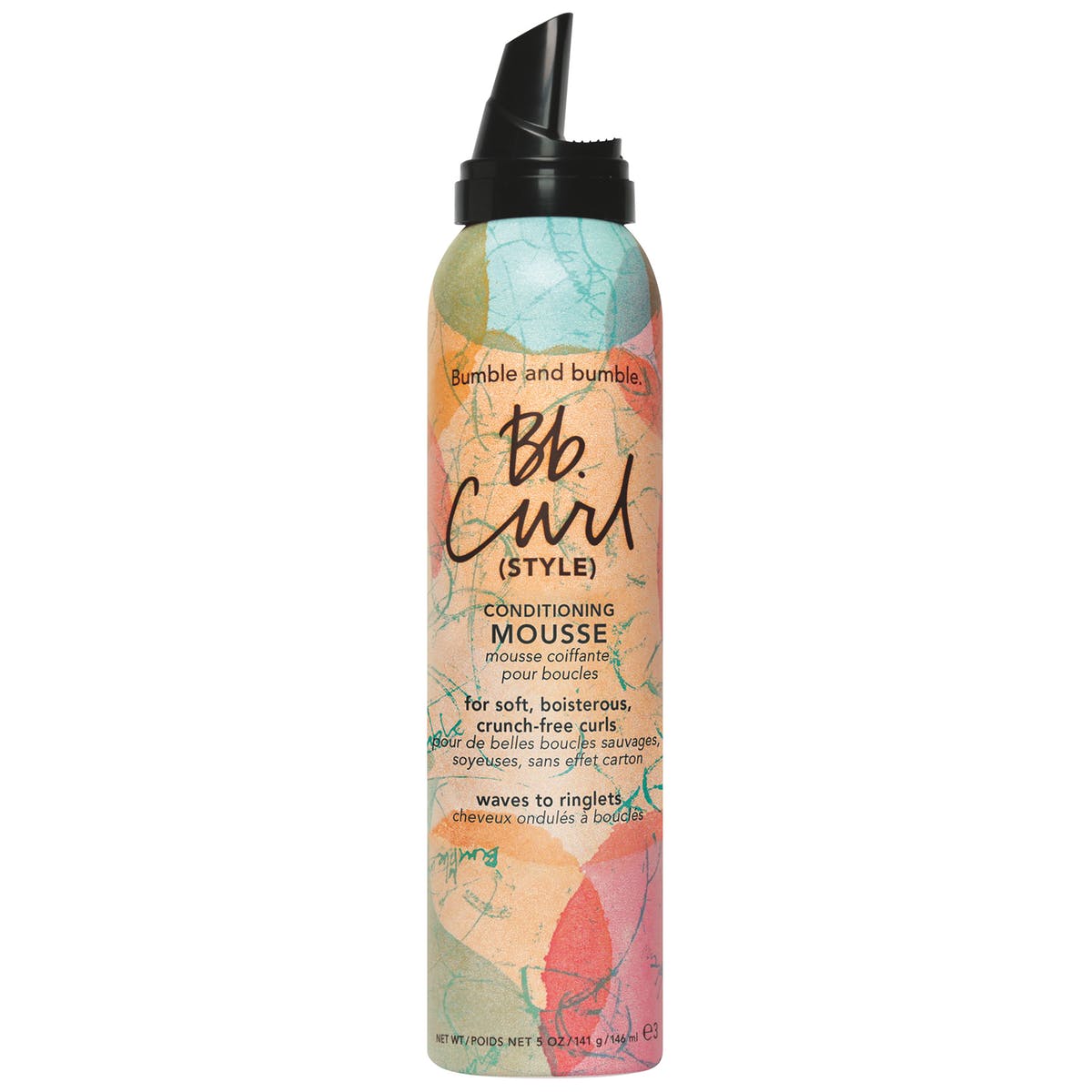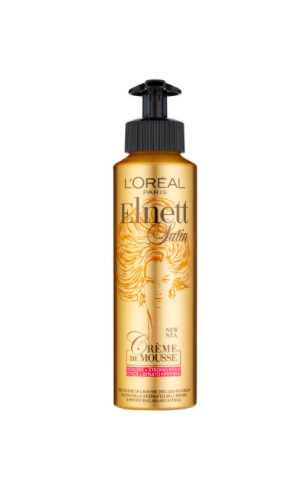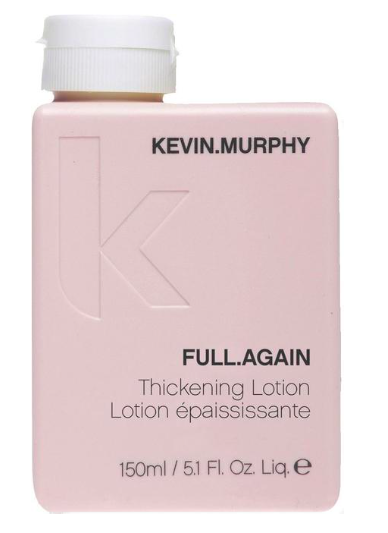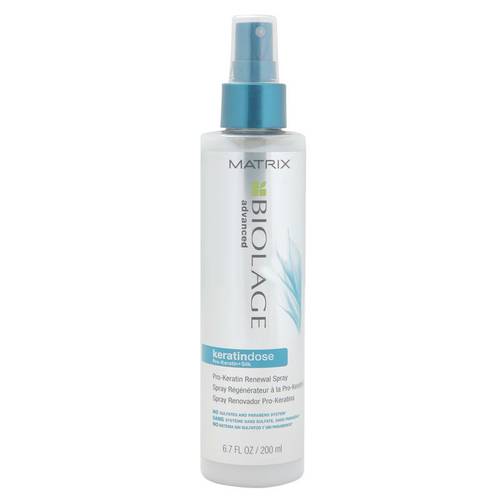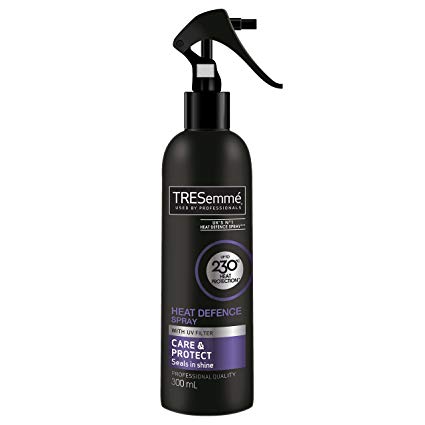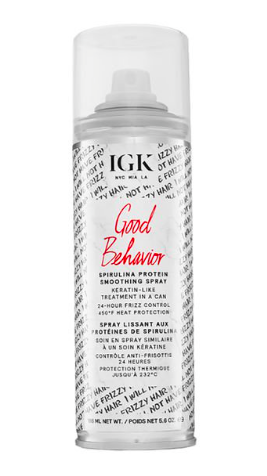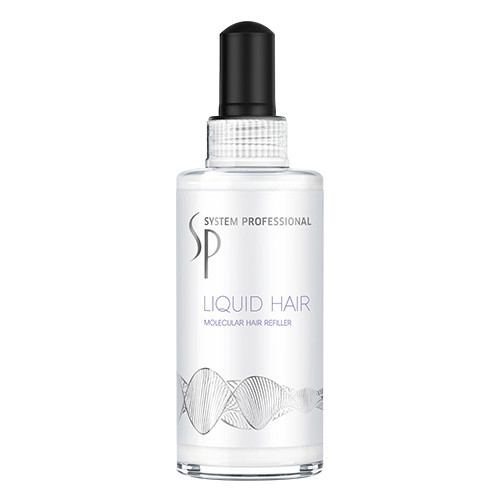First it’s useful to understand a bit about why your hair loses thickness in the first place, and then read on to find out our top tips for how to get thicker hair…
What causes hair to lose thickness?
The most common reason for a gradual loss of hair in volume and thickness is getting older. This is because, as we age, the new hair emerging from the follicle is thinner, and eventually the same stem cells stop producing melanin (the colour pigment), so these wispy thin hairs turn grey or white.
Medical conditions like eczema can also make hair thinner, as it causes follicles to become blocked and prevent new hair growth.
Autoimmune and/or genetic disorders can also mean that hair gets thinner or even falls out altogether, while some meds can have an adverse effect on hair thickness.
Temporary hair loss or thinning hair can also happen after the body experiences a major shock that disrupts the hair's normal growth pattern.
What bad habits can cause thinning hair?
Before you can thicken hair, it's useful to know about any habits that might be causing it to thin. As we’ve heard, while genetics and medical conditions are sometimes responsible, they're not the only culprits!
Pulling at hair and keeping it in very tight hairstyles will, not surprisingly, gradually weaken the hair strand and the follicle it comes from.
Your lifestyle plays a major role in the quality of your hair. Stress and nutrition (vitamin deficiency) have been directly linked to poor hair quality, as well as unhealthy habits such as smoking and yo-yo dieting.
Four ways to thicken your hair's appearance
Try a spalp massage
When washing the hair, use your fingertips to massage the scalp in gentle circular motions to stimulate blood flow and promote the healthy growth of new hair.
Use hair thickening products
For thinning hair, we love L’Oreal’s Serioxyl Denser Hair Serum, a daily treatment to improve hair density. For fine hair needing a little volume boost, we recommend L’Oreal Serie Expert Volumetry volumising root spray, as well as Volumetry Shampoo and Conditioner. For long hair, suffering from thin ends, L’Oreal Serie Expert Pro Longer uses patented, filling technology to renew lengths and fills-in-ends. The Pro Longer Ends Filler Concentrate, is a weekly hair treatment that provides strength and durable thickness to ends.
Have regular trims
Have your hair trimmed regularly to prevent the development of split and uneven tips, which will cause the hair to look thin and straggly. Even, well-cut hair automatically looks fuller and healthier. Ask your stylist at Pankhurst and Deane about a micro-trim hair cut, or an 'invisible cut'. You get to keep the length but the split ends are dusted off.


